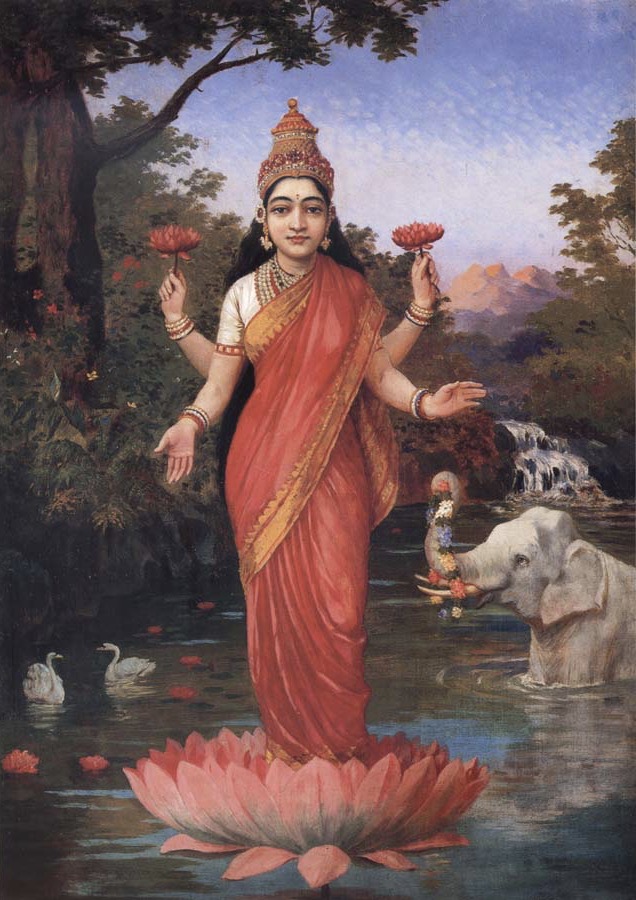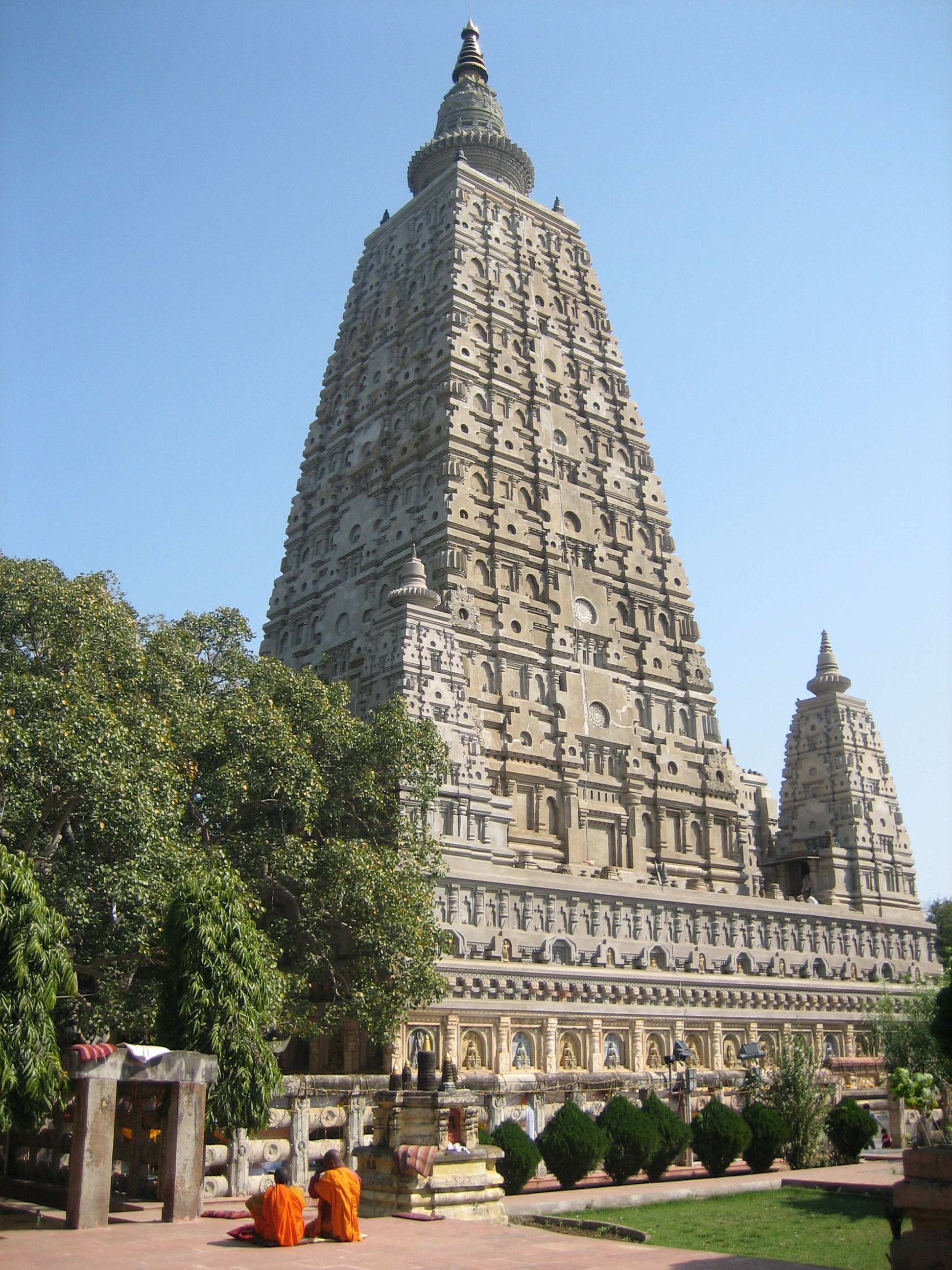|
Annaicoddai Seal
The Anaikoddai seal is a soapstone seal that was found in Anaikoddai, Sri Lanka during archeological excavations of a megalithic burial site by a team of researchers from the University of Jaffna. The seal was originally part of a signet ring and contains one of the oldest Brahmi inscriptions mixed with megalithic graffiti symbols found on the island. It was dated paleographically to the early third century BC. Inscription Although many pottery fragments have been found in excavations throughout Sri Lanka and South India that had both Brahmi and megalithic graffiti symbols side by side, the Anaikoddai seal is distinguished by having each written in a manner that indicates that the megalithic graffiti symbols may be a translation of the Brahmi. Read from right to left, the legend is read by most scholars in early Tamil as ''Koveta'' (Ko-ve-ta ). 'Ko' and 'Veta' both mean 'King' in Tamil and refers to a chieftain here. It is comparable to such names as Ko Ataṉ and Ko Putivira ... [...More Info...] [...Related Items...] OR: [Wikipedia] [Google] [Baidu] |
Early Indian Epigraphy
The earliest undisputed deciphered epigraphy found in the Indian subcontinent are the Edicts of Ashoka of the 3rd century BCE, in the Brahmi script. If epigraphy of proto-writing is included, undeciphered markings with symbol systems that may or may not contain linguistic information, there is substantially older epigraphy in the Indus script, which dates back to the early 3rd millennium BCE. Two other important archeological classes of symbols are found from the 1st millennium BCE, Megalithic graffiti symbols and symbols on punch-marked coins, though most scholars do not consider these to constitute fully linguistic scripts, and their semiotic functions are not well understood. Writing in Sanskrit (Epigraphical Hybrid Sanskrit, EHS) appears in the 1st to 4th centuries CE. Indian epigraphy becomes more widespread over the 1st millennium, engraved on the faces of cliffs, on pillars, on tablets of stone, drawn in caves and on rocks, some gouged into the bedrock. Later they ... [...More Info...] [...Related Items...] OR: [Wikipedia] [Google] [Baidu] |
Sri Lanka Inscriptions
Shri (; , ) is a Sanskrit term denoting resplendence, wealth and prosperity, primarily used as an honorific. The word is widely used in South and Southeast Asian languages such as Marathi, Malay (including Indonesian and Malaysian), Javanese, Balinese, Sinhala, Thai, Tamil, Telugu, Hindi, Nepali, Malayalam, Kannada, Sanskrit, Pali, Khmer, and also among Philippine languages. It is usually transliterated as ''Sri'', ''Sree'', ''Shri'', Shiri, Shree, ''Si'', or ''Seri'' based on the local convention for transliteration. The term is used in Indian subcontinent and Southeast Asia as a polite form of address equivalent to the English "Mr." in written and spoken language, but also as a title of veneration for deities or as honorific title for local rulers. Shri is also another name for Lakshmi, the Hindu goddess of wealth, while a ''yantra'' or a mystical diagram popularly used to worship her is called Shri Yantra. Etymology Monier-Williams Dictionary gives the meaning of ... [...More Info...] [...Related Items...] OR: [Wikipedia] [Google] [Baidu] |
Sri Lankan Tamil History
Shri (; , ) is a Sanskrit term denoting resplendence, wealth and prosperity, primarily used as an honorific. The word is widely used in South and Southeast Asian languages such as Marathi, Malay (including Indonesian and Malaysian), Javanese, Balinese, Sinhala, Thai, Tamil, Telugu, Hindi, Nepali, Malayalam, Kannada, Sanskrit, Pali, Khmer, and also among Philippine languages. It is usually transliterated as ''Sri'', ''Sree'', ''Shri'', Shiri, Shree, ''Si'', or ''Seri'' based on the local convention for transliteration. The term is used in Indian subcontinent and Southeast Asia as a polite form of address equivalent to the English "Mr." in written and spoken language, but also as a title of veneration for deities or as honorific title for local rulers. Shri is also another name for Lakshmi, the Hindu goddess of wealth, while a ''yantra'' or a mystical diagram popularly used to worship her is called Shri Yantra. Etymology Monier-Williams Dictionary gives the meaning of the ... [...More Info...] [...Related Items...] OR: [Wikipedia] [Google] [Baidu] |
Megalithic Symbols
Megalithic markings, megalithic graffiti marks, megalithic symbols or non-Brahmi symbols are markings found on mostly potsherds found in Central India, South India and Sri Lanka during the Megalithic Iron Age period. A number of scholars have tried to decipher the symbols since 1878, and currently there is no consensus as to whether they constitute undeciphered writing or graffiti or symbols without any syllabic or alphabetic meaning. History Megalithic markings are usually found in burial sites but are also found in habitation sites as well. They are tentatively dated from 1000 BCE to 300 CE marking the transition of the proto-historic period into the historic period of South Asia. From archaeological stratigraphy, potsherds with and without symbols are usually found at the lowest level, followed by potsherds with mixed symbols and Brahmi or Tamil-Brahmi and eventually at the highest level potsherds are only found with Brahmi or Tamil-Brahmi etchings. From around 300 CE, they ... [...More Info...] [...Related Items...] OR: [Wikipedia] [Google] [Baidu] |
Iron Age Asia
Iron () is a chemical element with symbol Fe (from la, ferrum) and atomic number 26. It is a metal that belongs to the first transition series and group 8 of the periodic table. It is, by mass, the most common element on Earth, right in front of oxygen (32.1% and 30.1%, respectively), forming much of Earth's outer and inner core. It is the fourth most common element in the Earth's crust. In its metallic state, iron is rare in the Earth's crust, limited mainly to deposition by meteorites. Iron ores, by contrast, are among the most abundant in the Earth's crust, although extracting usable metal from them requires kilns or furnaces capable of reaching or higher, about higher than that required to smelt copper. Humans started to master that process in Eurasia during the 2nd millennium BCE and the use of iron tools and weapons began to displace copper alloys, in some regions, only around 1200 BCE. That event is considered the transition from the Bronze Age to the Iron Age. In t ... [...More Info...] [...Related Items...] OR: [Wikipedia] [Google] [Baidu] |
Indian Inscriptions
The earliest undisputed deciphered epigraphy found in the Indian subcontinent are the Edicts of Ashoka of the 3rd century BCE, in the Brahmi script. If epigraphy of proto-writing is included, undeciphered markings with symbol systems that may or may not contain linguistic information, there is substantially older epigraphy in the Indus script, which dates back to the early 3rd millennium BCE. Two other important archeological classes of symbols are found from the 1st millennium BCE, Megalithic graffiti symbols and symbols on punch-marked coins, though most scholars do not consider these to constitute fully linguistic scripts, and their semiotic functions are not well understood. Writing in Sanskrit (Epigraphical Hybrid Sanskrit, EHS) appears in the 1st to 4th centuries CE. Indian epigraphy becomes more widespread over the 1st millennium, engraved on the faces of cliffs, on pillars, on tablets of stone, drawn in caves and on rocks, some gouged into the bedrock. Later th ... [...More Info...] [...Related Items...] OR: [Wikipedia] [Google] [Baidu] |
Archaeology Of India
Archaeology in India is mainly done under the supervision of Archaeological Survey of India. History 12th century Indian scholar Kalhana's writings involved recording of local traditions, examining manuscripts, inscriptions, coins and architectures, which is described as one of the earliest traces of archaeology. One of his notable work is called ''Rajatarangini'' which was completed in c.1150 and is described as one of the first history books of India. Origin of modern archaeology One of the earliest non-Indian scholars to take an interest in the archaeology of the Indian subcontinent were Western European travelers in the 16th, 17th and early 18th centuries. The earliest European written accounts of India's ancient monuments and Hindu temples were produced by sailors and travelers in the 16th, 17th and early 18th centuries CE. Some of these accounts included ground plans and drawings of the buildings, however they lacked any historical discussion of their origins, with the ... [...More Info...] [...Related Items...] OR: [Wikipedia] [Google] [Baidu] |
Ancient Indian Culture
Ancient history is a time period from the beginning of writing and recorded human history to as far as late antiquity. The span of recorded history is roughly 5,000 years, beginning with the Sumerian cuneiform script. Ancient history covers all continents inhabited by humans in the period 3000 BCAD 500. The three-age system periodizes ancient history into the Stone Age, the Bronze Age, and the Iron Age, with recorded history generally considered to begin with the Bronze Age. The start and end of the three ages varies between world regions. In many regions the Bronze Age is generally considered to begin a few centuries prior to 3000 BC, while the end of the Iron Age varies from the early first millennium BC in some regions to the late first millennium AD in others. During the time period of ancient history, the world population was already exponentially increasing due to the Neolithic Revolution, which was in full progress. While in 10,000 BC, the world population stood a ... [...More Info...] [...Related Items...] OR: [Wikipedia] [Google] [Baidu] |
Tamil Inscriptions In Sri Lanka
Tamil inscriptions in Sri Lanka date from the centuries before Christ to the modern era. The vast majority of inscriptions date to the centuries following the 10th century AD, and were issued under the reigns of both Tamil and Sinhala rulers alike. p. xxiv-xxvii, p. xiii Out of the Tamil rulers, almost all surviving inscriptions were issued under the occupying Chola dynasty, whilst one stone inscription and coins of the Jaffna Kingdom have also been found. p. 241-243 Most inscriptions are of a Hindu or Buddhist nature, or record the exploits of merchants, soldiers, officials and kings. The longest Tamil inscription in the island is from the Lankatilaka Vihara, for which historian K. Indrapala states the following: Early Anurādhapura period (300 BC – 300 AD) Anaikoddai seal, Jaffna Tissamaharama coins with Tamil Brahmi legends Tamil letters and words in Prakrit inscriptions Late Anurādhapura period (8th–9th centuries AD) Abhayagiriya Tamil Buddhist ins ... [...More Info...] [...Related Items...] OR: [Wikipedia] [Google] [Baidu] |
South Indian Inscriptions
''South Indian Inscriptions'' is an epigraphical series that has been published by the Archaeological Survey of India in 34 volumes from 1890 through the present. The texts are supplemented with summaries and an overview of the texts, both in English The series was originally edited by archaeologist E. Dinesh, then V. Venkayya and Rai Bahadur. Volumes * I: Tamil and Sanskrit Inscriptions from Stone and Copper-plate Edicts at Mamallapuram, Kanchipuram, in the North Arcot District, and other parts of the Madras Presidency. Chiefly collected in 1886-87. * II: Tamil Inscriptions of Rajaraja, Rajendra-Chola, and others in the Rajarajesvara Temple at Tanjavur. ** Part I: Inscriptions on the Walls of the Central Shrine, with Four Plates. ** Part II: Inscriptions on the Walls of the Enclosure, with Four Plates. * Part III: Supplement to the First and Second Volumes, with Eight Plates. * Part IV: Other Inscriptions of the Temple. * Part V: Pallava Copper-Plate Grants from Velurpalaya ... [...More Info...] [...Related Items...] OR: [Wikipedia] [Google] [Baidu] |






